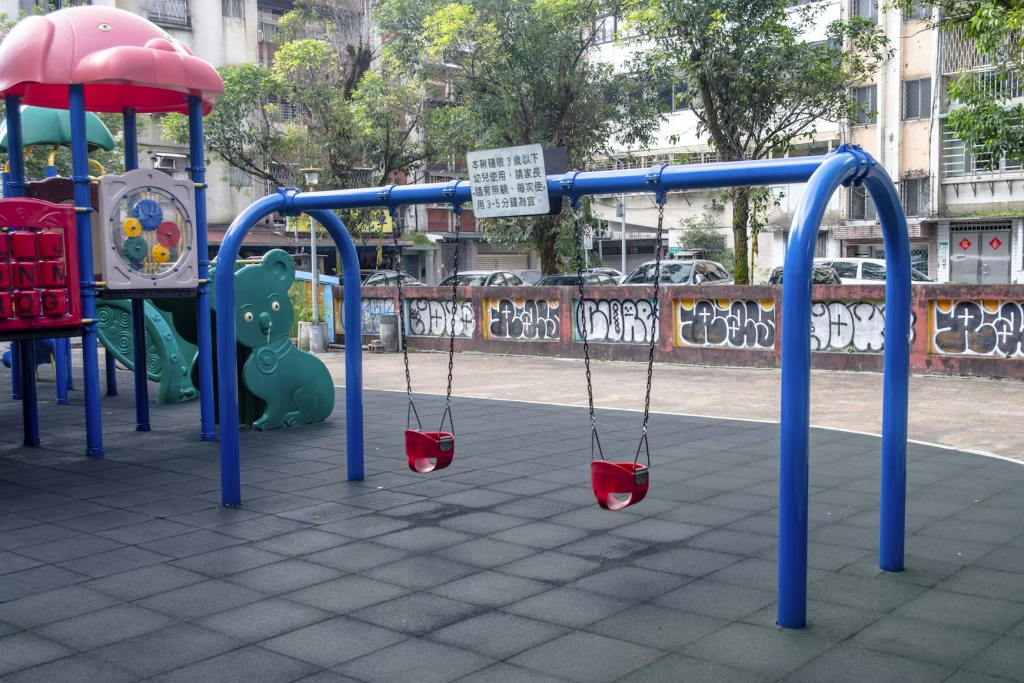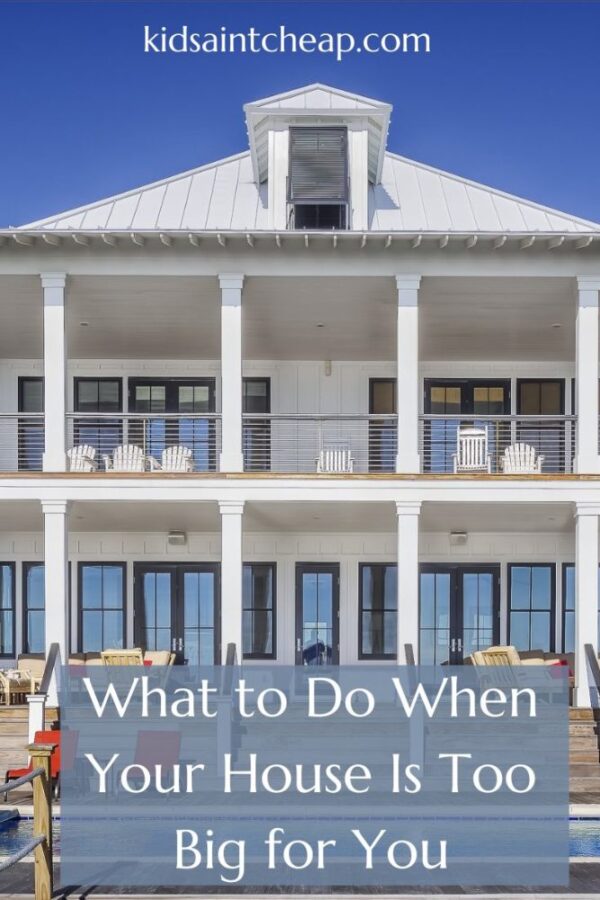
Deciding where to raise children is more than a housing choice—it’s about finding the backdrop for their entire childhood. According to a recent Pew Research Center survey, parents who rate their neighborhoods highly report far fewer worries about their kids’ well‑being than those living in areas they view as just “fair” or “poor.” So what kinds of communities consistently help families thrive? Below are six neighborhood types—each offering its own blend of safety, connection, and opportunity.
1. Walkable Urban Communities With Family Amenities
Not all city blocks are concrete jungles. Many urban districts have reinvented themselves with wide sidewalks, pocket parks, and stroller‑friendly greenways. Living where grocery stores, libraries, and after‑school programs are a quick walk away gives kids early independence: they can bike to piano lessons or meet friends at the playground without a chauffeured schedule.
For parents, walkability trims time behind the wheel, lowering stress and transportation costs. When you tour: notice whether crosswalk signals are long enough for small legs, if streets have speed‑calming measures, and how many other families you see on foot at dusk; their presence signals an environment that feels safe even after dinner.
City living isn’t automatically kid‑unfriendly. Many urban neighborhoods now feature wide sidewalks, pocket parks, and libraries within strolling distance. Easy access to everyday destinations gives kids early independence and social confidence. Planning experts highlight that walkability also boosts physical activity and reduces car‑related stress on families; see the Walk Score neighborhood index for snapshots of how walkable an address really is.
2. Suburbs With Strong School Districts
Well‑funded schools often go hand‑in‑hand with safe streets, active PTAs, and plenty of youth programs. Communities built around top‑rated districts tend to have low traffic speeds, abundant green space, and stable property values—attributes that rank high among families in Niche’s annual “Best Places for Families” reports.
3. Tight‑Knit Small Towns
In a place where neighbors greet one another by first name, children benefit from a built‑in support system of trusted adults: coaches double as deacons, the pharmacist sponsors the Little League team, and Main Street’s diner posts lost‑backpack flyers in the window. Community events—parades, holiday lightings, Saturday markets—become rites of passage, cementing a sense of place. Amenities may be fewer than in big cities, so look at how far you’ll drive for specialized healthcare or advanced extracurriculars. Spend a weekend attending a local ball game or arts festival; the crowds’ warmth and diversity will speak louder than any realtor brochure.
In places where shopkeepers know your name and neighbors look out for each other, children grow up with a tangible sense of security. Local events—from farmers’ markets to high‑school parades—double as gathering points, giving kids strong social roots and a clear sense of belonging.
4. Master‑Planned Communities Designed for Families
These developments come loaded with playgrounds, splash pads, and sometimes even on‑site schools. Because they’re designed as one cohesive unit, traffic patterns are calmer and walking paths safer. Parents often cite a “built‑in village” feel, which makes finding playdates, babysitters, and community events almost effortless.

5. Inclusive Neighborhoods With Accessible Design
Family‑friendly communities must serve all children, including those with disabilities. Areas with ADA‑compliant ramps, inclusive playground equipment, and accessible community centers help foster empathy and peer connection. Urban planners point out that universal design isn’t just about meeting regulations—everyone benefits when spaces are easy to navigate.
6. Areas Focused on Child Health and Well‑Being
Some neighborhoods are intentionally planned around fresh‑air living: extensive bike trails, community gardens, and quick access to pediatric care. Research compiled by County Health Rankings & Roadmaps shows that children in areas rich in green space and health resources experience better long‑term physical and mental outcomes.
Final Thoughts: Where Your Child Grows Up Matters
No neighborhood is perfect, and every family’s priorities differ. Yet the environment surrounding your kids will shape their friendships, habits, and sense of security for years to come. Tour schools, chat with future neighbors, walk the streets at different times of day, and trust your instincts about what feels right—because choosing a community is really about choosing a childhood.
What kind of neighborhood feels best for your family? Share your thoughts in the comments—we’d love to hear your experiences.
Read More
- My #1 Brand of Choice for Long-Lasting Toys for Toddlers
- 3 Essential Tips for Finding the Best Family Neighborhood to Raise Kids

Samantha Warren is a holistic marketing strategist with 8+ years of experience partnering with startups, Fortune 500 companies, and everything in between. With an entrepreneurial mindset, she excels at shaping brand narratives through data-driven, creative content. When she’s not working, Samantha loves to travel and draws inspiration from her trips to Thailand, Spain, Costa Rica, and beyond.



